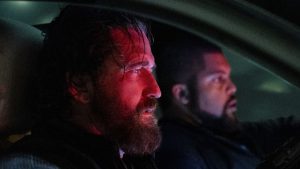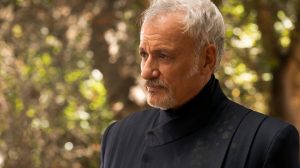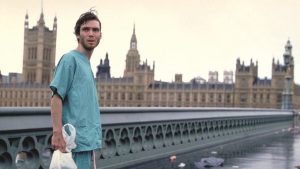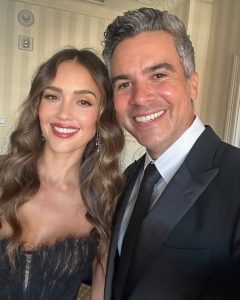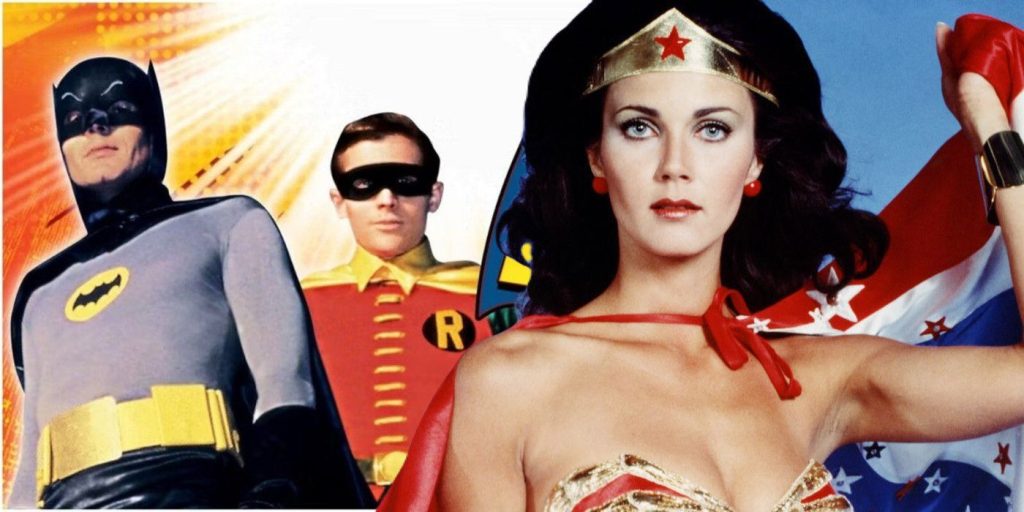
Adam West’s Batman Universe is More Expansive Than You Might Imagine
The iconic Batman series from the 1960s represents a more comprehensive universe than most viewers realize. Featuring Adam West and Burt Ward in the roles of Batman and Robin, the show is renowned for its intentionally campy style, yet it served as a significant cultural touchstone and a faithful representation of the Silver Age Batman comics. This series was responsible for introducing many of Batman’s notorious villains to live-action for the first time, propelling lesser-known adversaries like The Riddler into instant recognition.
Despite its humorous approach, the series authentically reflects the comic book narratives of its time. Intriguingly, it hints at a broader superhero community. Not only did Batman and Robin join forces with the Green Hornet and his sidekick Kato, but they also tangled with villains from various comic book realms, including the Clock King, who is associated with Green Arrow, and The Puzzler and The Archer, who are linked to Superman, suggesting a rich tapestry of superheroes and villains cohabitating in one universe.
In the realm of television, Batman ’66 features an impressive array of heroes beyond the beloved Dynamic Duo. More than a decade after the original series concluded, two TV specials aired in 1979, now referred to as Legends of the Superheroes. These tongue-in-cheek outings featured West and Ward reuniting with a raft of other DC characters, including the likes of Green Lantern, The Flash, and Black Canary. Noteworthy is the inclusion of Huntress, a character derived from a different universe altogether as the progeny of Bruce Wayne and Selina Kyle.
The comic book series Batman ’66 continued the adventures of the titular heroes while forming connections to other prominent DC narratives. This series facilitated crossovers with Green Hornet, showcasing a collective continuity, and even brought Lynda Carter’s Wonder Woman into the fold, indicating that the classic 1970s television series shares the same universe. Furthermore, Batman ’66 cleverly established ties to George Reeves’s Superman from The Adventures of Superman series and the expansive realm of the Legion of Superheroes.
Moreover, the series not only opened up a wider array of heroes but also significantly expanded Batman’s roster of foes. Legends of the Superheroes revived Frank Gorshin’s Riddler and introduced several new characters, including Sinestro and Doctor Sivana, among others. The Batman ’66 comics also featured interpretations of classic adversaries from different timelines, adding Scarecrow, Harley Quinn, and Bane, among others, to the expansive villain collection.
Interestingly, the universe portrayed in the 1960s Batman series transcends mere DC characters. The original series included a unique crossover with the Green Hornet, which stems from the pulp fiction world. The comics took this phenomenon further by incorporating famous television shows from the 1960s and 70s. The connectivity extends to other franchises, including a crossover with The Bionic Woman, thereby placing all these narratives under a mutual continuity that even embraces the likes of Riverdale in the miniseries Archie Meets Batman ’66.
Batman was also notable for its celebrity cameos during its signature “Batclimbs.” While appearances included characters from pop culture like The Addams Family, these appearances were likely just playful nods rather than indications of a shared universe, showing the series’ whimsical nature.
In summary, the 1960s Batman TV show stands out not only for its campy charm and memorable performances but also for the imaginative universe it crafted. The ability to intertwine various properties while simultaneously introducing a plethora of characters and narratives reflects the endless possibilities that exist within the superhero genre—a fact that continues to resonate today, decades after Adam West donned the cape and cowl.
